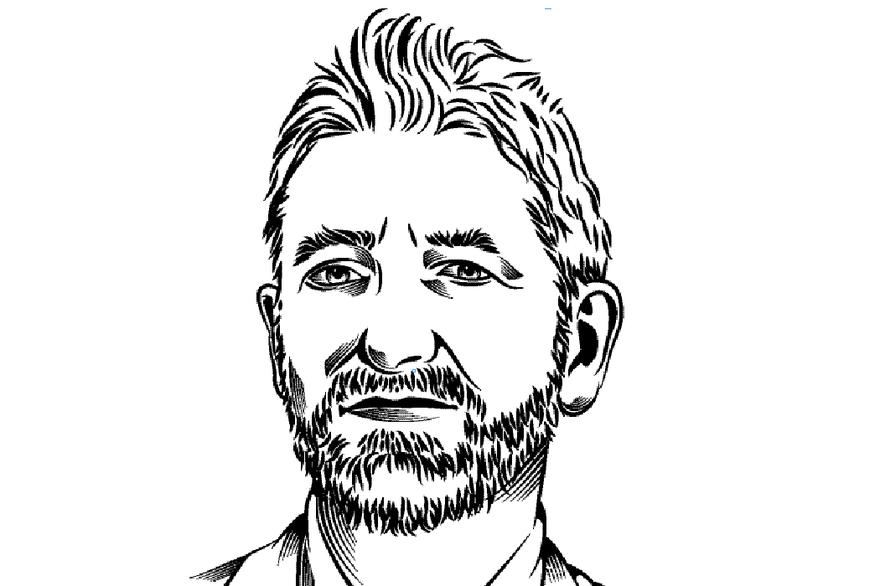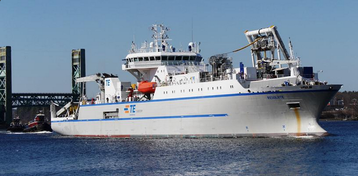The Submarine Cable Map provided by TeleGeography is one of the most interesting charts around. It shows the continued spread of international fiber - effectively the nerve system for the world’s data centers.
The presence and quality of fiber available can create new tech clusters. It’s connectivity on land that made Virginia such a key location in the US, as much as the availability of power. And in Asia, cables snaking between Australia, Malaysia, Singapore, Korea and other nations, have become prizes to be wooed and won.
Opening Cork
A few months ago I visited Ireland, for the Data Centres Ireland event, and the news there was about the expansion of Cork as a location. Till now, most data centers in Ireland have been built in Dublin, where fiber connectivity is available to Europe, opn a route due West through the UK.
But in the last year or so the Hibernia Express cable has touched down at Cork in the South of Ireland. There’s another fiber route coming to the North East, as the AEConnect fiber is planned to reach Killala near Galway.
These moves create opportunities for local data centers. The neutral Irish exchange Inex, based in Dublin, has helped create a Cork Internet exchange, with plans for more space in the area. And I imagine that the prospect of AEConnect helped Apple settle on nearby Athenry for its controversial data center proposal.
Fiber also begets more fiber. Fiber developers saw the opportunity for better links on to Europe, and the Ireland France Cable (IFC-1) was born. Service is expected to start in 2018, the project founder Doug Cunningham told me in Dublin.
On to France
IFC-1 will go south from Cork to reach France at Lannion, an established fiber landing place, with links on to the rest of Europe. That’s attractive to service providers, as Ireland’s other route goes through Wales and London, where there is a potential for choke points, and high data rates.
There’s also politics, with the UK planning to leave Europe, and its intelligence services already known to be cooperating with US surveillance work. Depending how things develop, some customers might prefer their traffic to bypass the country.
… and through the Arctic?
Even more interesting, there could be more fiber on its way, going round the North coast of the US. Quintillion is hoping to link Japan with Ireland and the rest of Europe, going via what used to be called the North West Passage, between the US and Greenland.
It’s in its early stages, but a stage along the Alaskan coast is already built, spreading connectivity to parts of the US which previously had to rely on satellite links.
If that comes through into the North Atlantic, then Greenland gets more bandwidth, and the possibility is open for more diverse connectivity to other nations.
For green data center people, there’s an irony here. Before the current retreat of Arctic sea ice, the Quintillion proposal would have been unthinkable. Now there are several weeks in the year when the passage opens up and fiber can be laid.
A version of this article appeared on Green Data Center News



